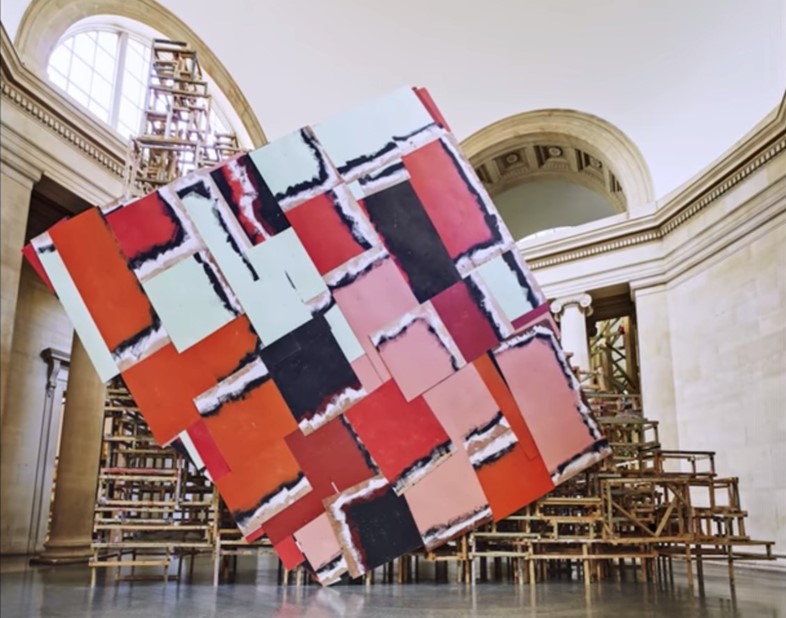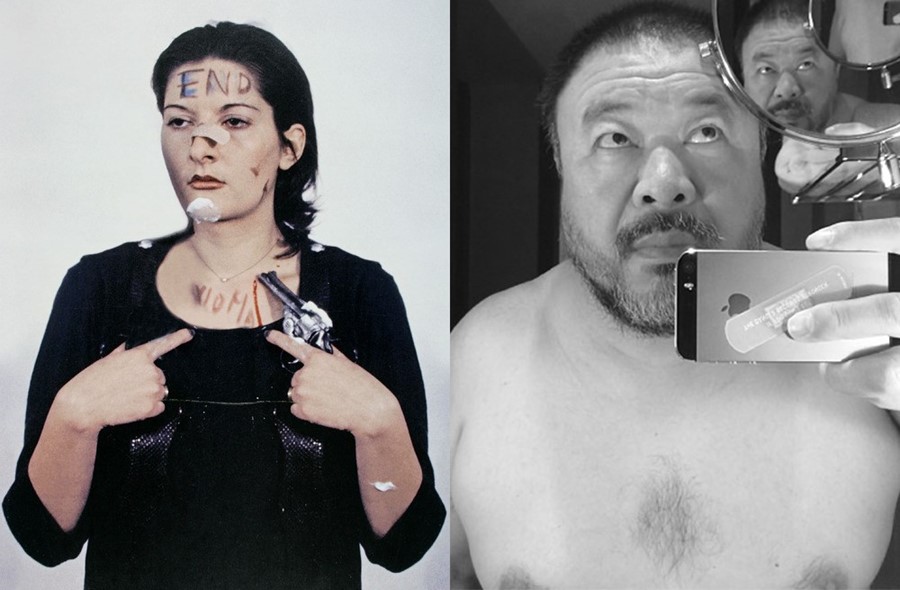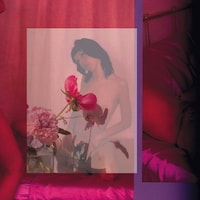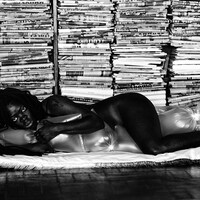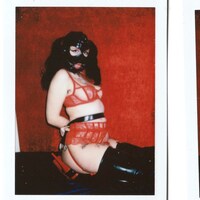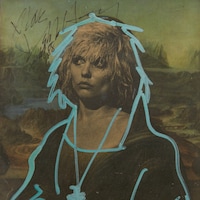Artists such as Ai Weiwei and Marina Abramović prove that there’s no age limit on when you can find success
Earlier today, we published an article titled “Young artists, don’t stress if you haven’t ‘made it’ by your mid-20s”. It was a response to a series of tweets from illustrator Samantha Mash, who raised concerns over what she called, “Youth ‘race to success’ culture”. It wasn’t the first time this issue has been raised, but it hit a nerve. As well as collective exhaustion over the global events of the past two years, the pressures on young people are still stacking up – whether that’s artistically, financially, or socially. The idea that you have to have ‘made it’ by your mid-20s is something most of us know is ridiculous, but we can’t quite seem to say it. So we thought it might be valuable to see some real-world evidence of artists whose careers didn’t even begin to take off until at least their mid-20s (or even, for some, in their 80s). Read on, and relax a little.
CARMEN HERRERA (101 YEARS OLD)
At 101 years old, Carmen Herrera was named one of New York City’s art stars when it was announced that the Whitney would host her retrospective in 2016. While her work – a style that combines abstract expressionism and minimalism – had been appreciated in small art circles for over six decades, it wasn’t until 2004, at 89, that she sold her first painting and had her first show in the city. Never one to chase notoriety – “I thought fame was a very vulgar thing,” she said – Herrera is an incredible inspiration not only for “late bloomers” but she also does away with the idea of being too old to follow your dreams.
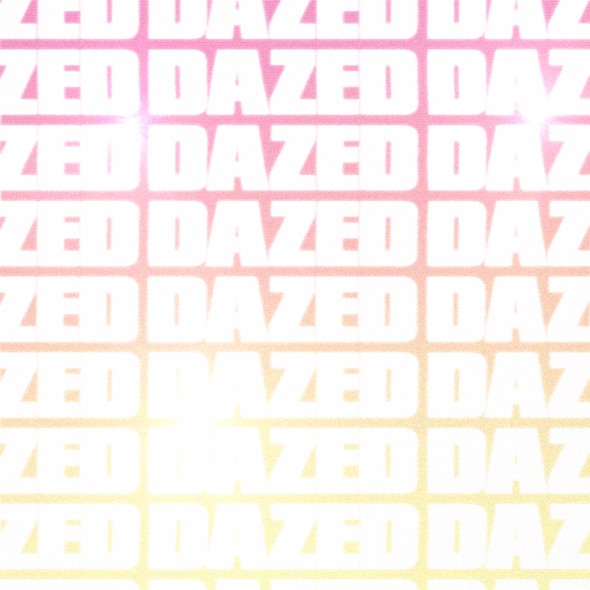
AI WEIWEI (MID-30s)
Ai Weiwei might be one of the biggest names in the world, but his beginnings were humble. Born in Beijing in 1957, he moved to New York in his mid-20s to study at Parsons and explore the city’s thriving art scene. While he lived there for eight years, Weiwei only had one art show (Old Shoes, Safe Sex in 1988) and returned to China due to his father’s incurable illness in 1993 with little more than he left with. In his mid-30s, Weiwei involved himself with China’s underground art scene and published The Black Cover Book (1994), The White Cover Book (1995), and The Grey Cover Book (1997). He also began to participate in art shows and create works that criticised the Chinese government. But it wasn’t until the onset of the Beijing Olympics that Weiwei began to gain global attention. In 2008, he condemned the event via an article published on The Guardian titled, “Why I’ll stay away from the opening ceremony of the Olympics”. Later that year, he called out the government over its failings and lack of transparency during the aftermath of the 2008 Sichuan Earthquake, which claimed 70,000 lives, 5,000 of those children’s. From here, there was no looking back. Now 60, Weiwei’s work has been shown in galleries and museums across the world and his voice continues to be a conduit for those who have been silenced.
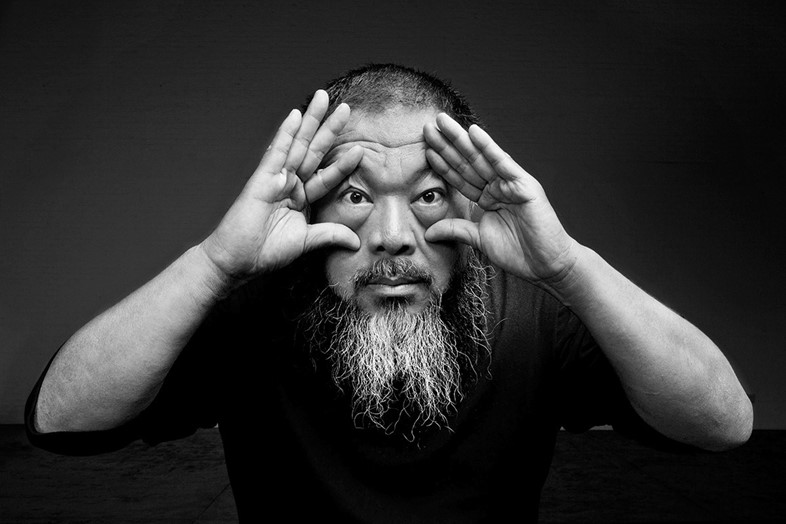
MARINA ABRAMOVIĆ (LATE 20s)
Born in Belgrade, Yugoslavia in 1946, Marina Abramović finished studying when she 26, and her first piece of work was recognised by the wider art world when she was 27. Her most recognised early performance piece “Rhythm 0”, where Abramović invited spectators to use any of 72 objects on her body in any way they desired, occurred in 1974 when Abramović was 28. It is said that her childhood in Yugoslavia under the strict rule of her parents who held prominent positions in the Communist government contributed to her late-blooming. Abramović has even stated: “My mother took complete military-style control of me and my brother. I was not allowed to leave the house after 10 o'clock at night until I was 29 years old... All the performances in Yugoslavia I did before 10 o'clock in the evening because I had to be home then.” Despite the restrictions placed on her early life, Abramović would go on to become one of the most iconic performance artists in the world with a legacy that now dubs her the ‘grandmother of performance art’. Her achievements are endless, including her 736-hour and 30-minute static, silent piece “The Artist is Present” (2010) which is the biggest exhibition of performance art in MoMA's history.

KATSUSHIKA HOKUSAI (MID-50s)
Japanese printmaker Katsushika Hokusai once titled himself ‘Old Man Crazy To Paint’ (translated from Japanese) after he made his print series Thirty-Six Views of Mount Fuji that includes his most recognisable work, “The Great Wave” (1830-32) in his 70s. More than just recognisable, “The Great Wave” is said to be the most famous image in all of Japanese art and is as globally renowned as Leonardo’s “Mona Lisa”. “Until the age of 70,” Hokusai once wrote, “nothing that I drew was worthy of notice”. The pre-age 70 work that Hokusai refers to in his statement is his early manga, and woodblock print books that, despite Hokusai’s self-doubt, were incredibly popular – and made in his 50s.
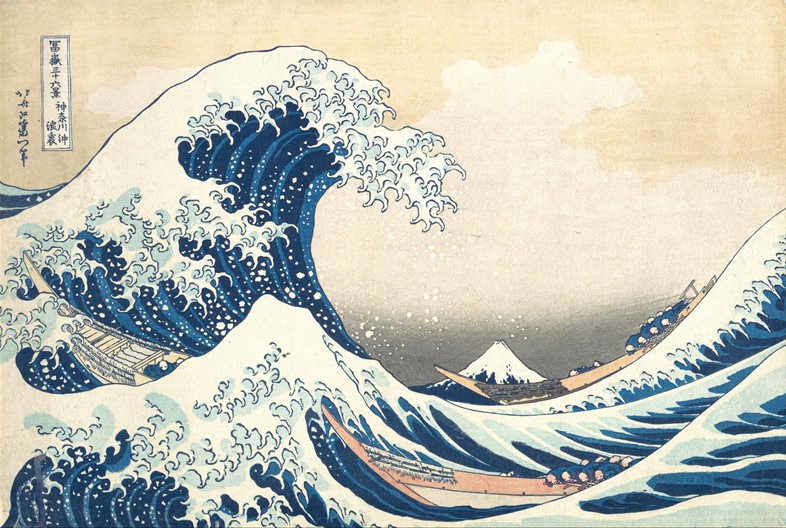
STEVE MCCURRY (MID 20s)
Steve McCurry began his studies with a plan to pursue filmmaking, but then moved on to graduate from theatre. It wasn’t until his mid-20s that he picked up photography and became one of the world’s bravest photojournalists, showing us that lack of direction at an early age is certainly not a bad thing. McCurry launched his career in 1979 at age 29 with a photo series on the Soviet-Afghan war where he disguised himself in Afghani garb to cross into the rebel-controlled areas of Afghanistan. He left with film rolls sewed into his clothes. It’s anecdotes like this that have made McCurry’s late-blooming career something photojournalism could not survive without.
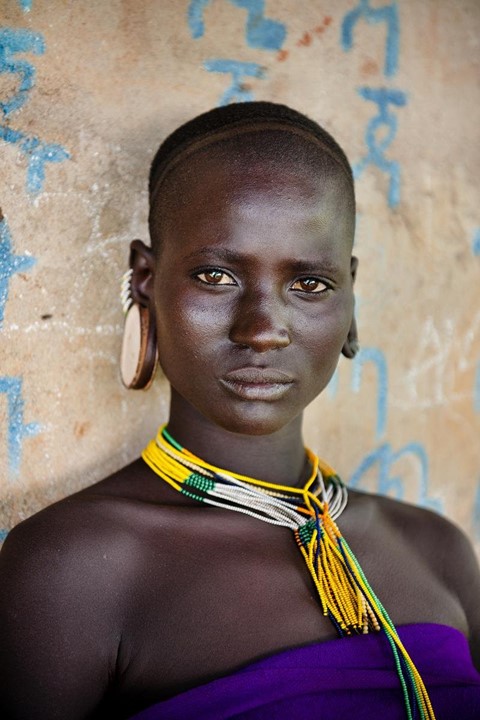
LOUISE BOURGEOIS (EARLY 30s)
Louise Bourgeois permanent large-scale Spider installation “Maman” (1999) outside the Tate Modern is one of the most recognisable pieces of public art in the world. Despite this, she didn’t rise to fame until she was 30 with her first recognised work “Quarantania” in 1941: a composite of five elongated wood formations huddled on a pedestal, in a “duel,” as she put it, “between the isolated individual and the shared awareness of the group.” She went on to have her first solo show in her late 30s. Since her passing, Bourgeois is most iconically recognised for her Maman sculpture that she didn’t make until she was 88 years old. Bourgeois’ late rise in a male-dominated art context has left behind a legacy of early feminist art that led the way for women to subjects rather than passive objects of art.
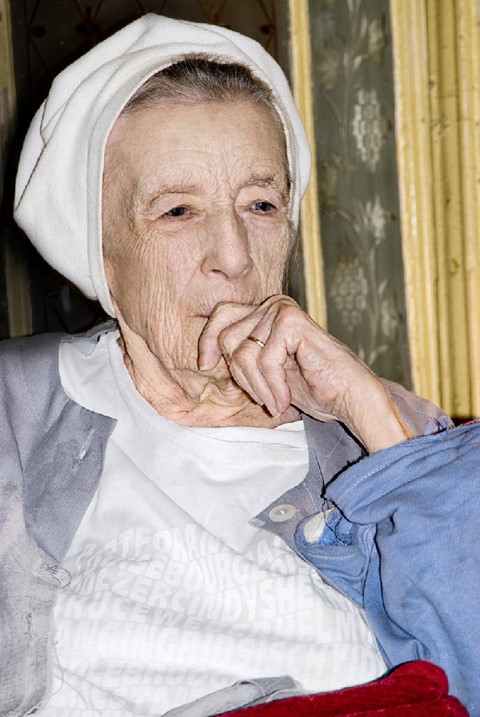
UNSKILLED WORKER (LATE 40s)
You might recognise Helen Downie (aka Unskilled Worker) from her work with Gucci – or perhaps you’re one of her 270k+ Instagram followers. Amazingly, all this is new for Downie. Three years ago, she picked up a paintbrush, after motherhood, addiction, and breast cancer had kept her away from it for more than three decades. “Whenever I was asked ‘what do you want to be?’ it was only ever to be an artist—there wasn’t anything else,” she told Vanity Fair. “But somewhere from the age of 14 through to 48, I forgot. I just forgot, and then one day walking down the road I remembered.” After a nod from Nick Knight, who commissioned her in 2014 to sketch Alexander McQueen’s most iconic looks, she received a “like” from Gucci’s Creative Director Alessandro Michele, which last year turned into Downie collaborating on a capsule collection with the house.
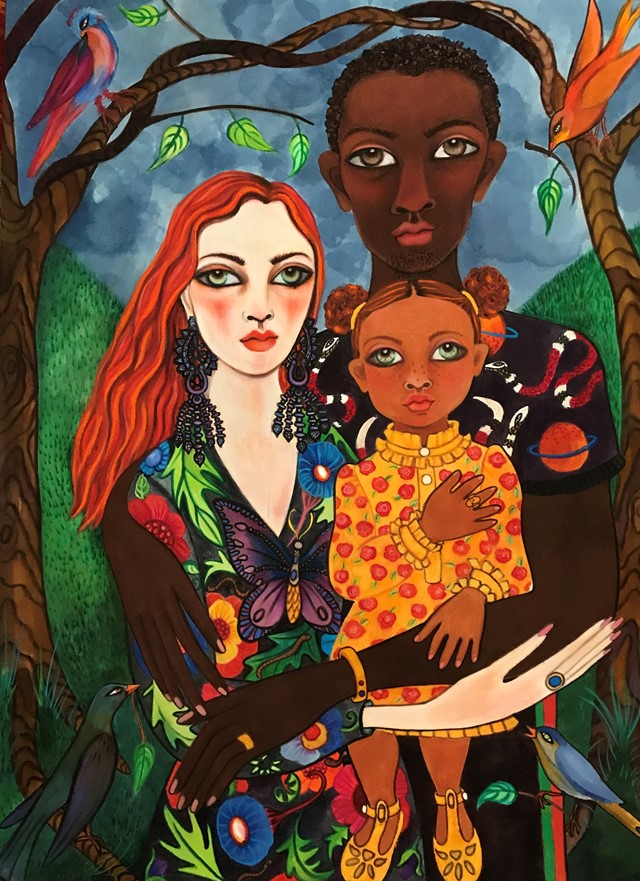
LUBAINA HIMID MBE (EARLY 50s)
In March 2017, it was announced that the Turner Prize was lifting its age limit – which was until then restricted to artists aged up to 50. Not only did it open up space for artists who had previously felt cast out due to their age, but it sent the message that it’s okay – almost necessary – to take time when it comes to art. Enter Lubaina Himid MBE, who won the Turner Prize last year with works that explore cultural history and reclaiming identity. Specifically, Himid took the title with works dating back to the late 80s, telling The Guardian that while she never felt invisible to curators and her fellow artists she believed that the press didn’t write about her because her work “was too complicated to talk about”. She added, “I guess the issues I was dealing with were complex, many-layered, and you’ve got to sell newspapers.” Her story is a lesson that even if you don’t find success in a particular moment, it might just be waiting around a (three-decade-long corner).
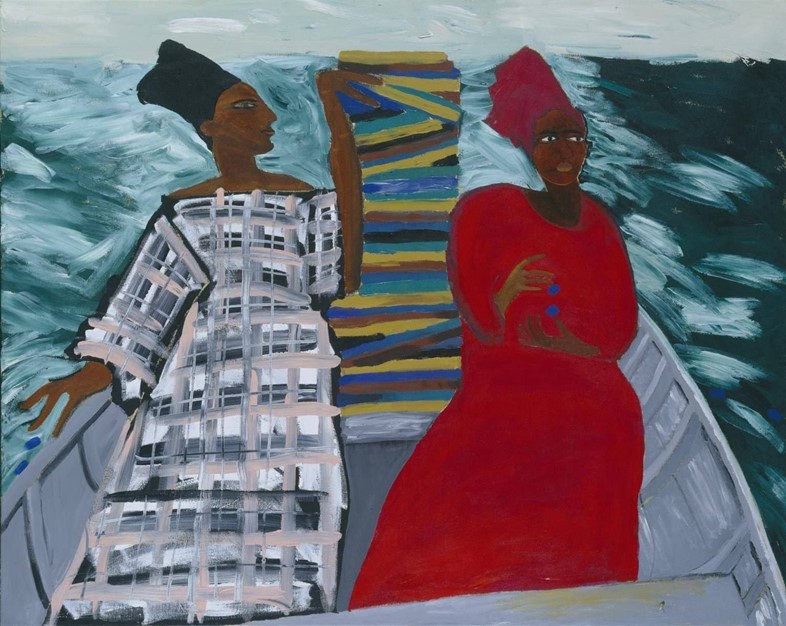
PHYLLIDA BARLOW (EARLY 70s)
Ten years ago, the name Phyllida Barlow meant little to the art world. But in 2017, she was the word on everyone’s lips after she helmed the 2017 Venice Biennale at age 74. Now her works, sculptures made from discarded materials like cardboard, polystyrene, and plywood, can be found at the Tate Modern. Despite her sudden rise, Barlow was unrecognised for much of her career. Just 10 years ago, she was not selling any work and it was actually normal practice for her to leave her sculptures out on the street to see what would happen to them. Her late rise to art world fame reminds us that you can emerge and take the world by storm at any age.
